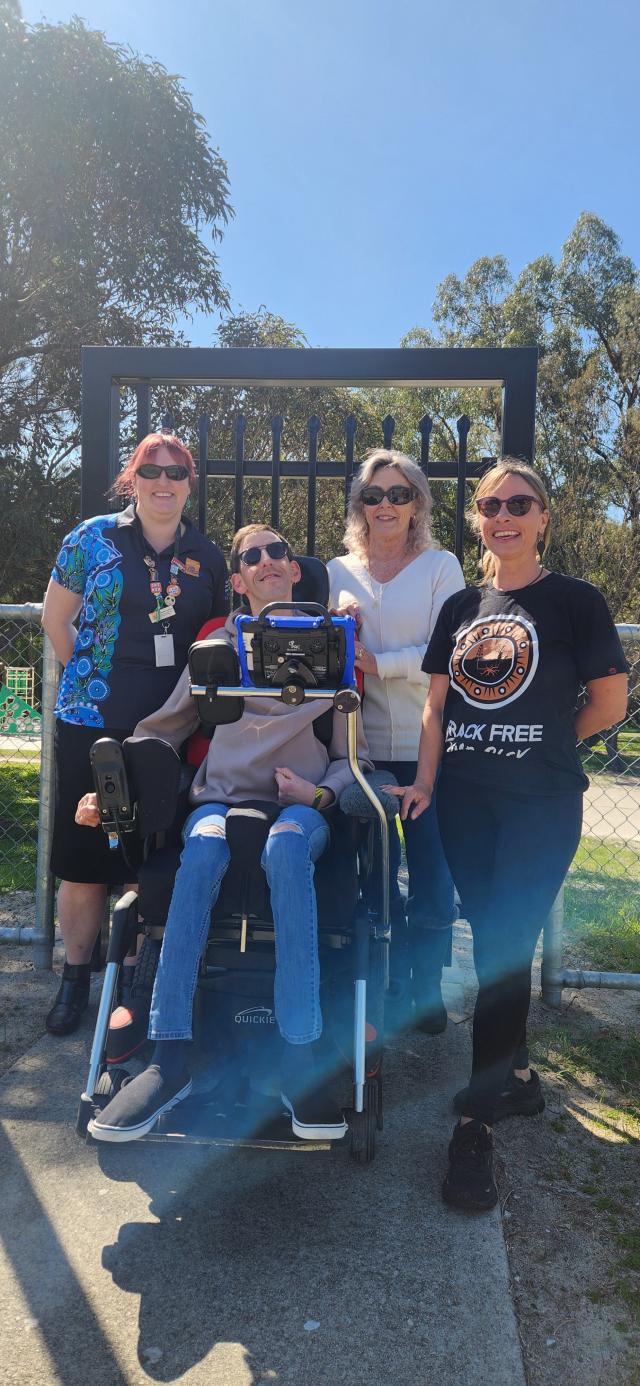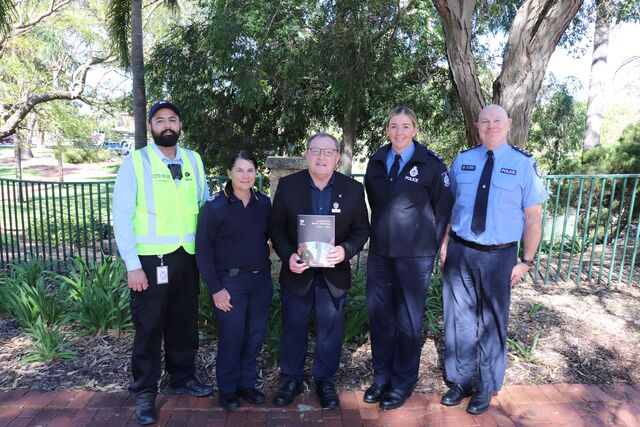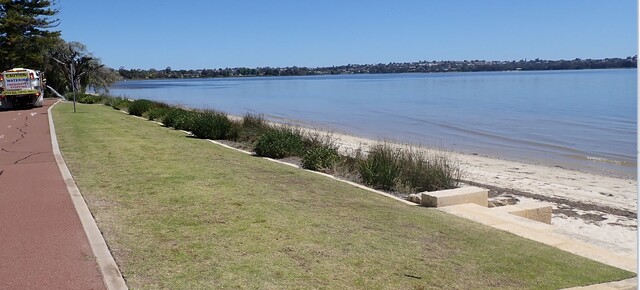By Colin Steele
When watching major sporting events, cheering for your team, or for team Australia, very little thought is given to what sits behind the individual or the team.
In many cases, there is thousands of hours of training and coaching, the science, untold complex negotiations, all regulated by a system of international laws and rules often based on hundreds of years of evolution of that sport.
The spectator just sees a ball in the back of a net and cheer, or not. If during the game a red card is given to a player, then you have an opinion, depending on which team you support. The red card is not the end, but the start of a complex review system, which generally reinforces the need to follow the rules of that sport. The outcome is fairness.
Sports grants are strangely the same. When writing an application for changerooms, for a much-needed disabled access and the thousands of other necessary local sports facilities, very little thought is given to what sits behind the grants program and potential for funds. You just want to get that goal for your team, for your sport and for your community.
Yet sitting behind the grants program is a network of complex negotiations about funding guidelines, rules and regulations on how grants are allocated and over a hundred of years of evolution on how the Federation is supposed to work based on the Australian Constitution. Not understanding the history, and how the game works, by players, coaches, the referee and even supporters, can lead to challenges.
As described in the New South Wales Parliamentary Research Service e-brief 10/2014 in June 2014 on the Williams 2 (Chaplaincy) case, ‘the limited scope and nature of the High Court’s decision leaves all the other relevant Commonwealth programs subject to constitutional challenge, particularly it is suggested those programs in such areas as sport, the arts, roads and the environment.’
There is plenty of commentary already on why the red card was given to the former sports minister, but this in only the start.
Spending on the red card review, which has a long way to run in relation to sports grants, there is a high degree of probability that grants for 2020 will return to a level playing field.
The competition for funding will remain fierce but the more the process behind the grants allocation is understood, i.e. the constitutional basis for funding, how High Court cases directly influence how your application should be framed and how the system works; the greater chance of success of an application for changeroom facilities.
Of the review outcome finds that it doesn’t matter which team you play for, that all participants can get to play sport on a level playing field in 2020, then that will be a good thing. Then everyone has a chance to get that goal for the team.
Colin Steele is Managing Director of Section51, Canberra based grants and funding consultants. In addition to grants and funding training and writing for councils, Colin has coached field hockey teams for over 25 years. He knows what is behind how
to get those goals.







